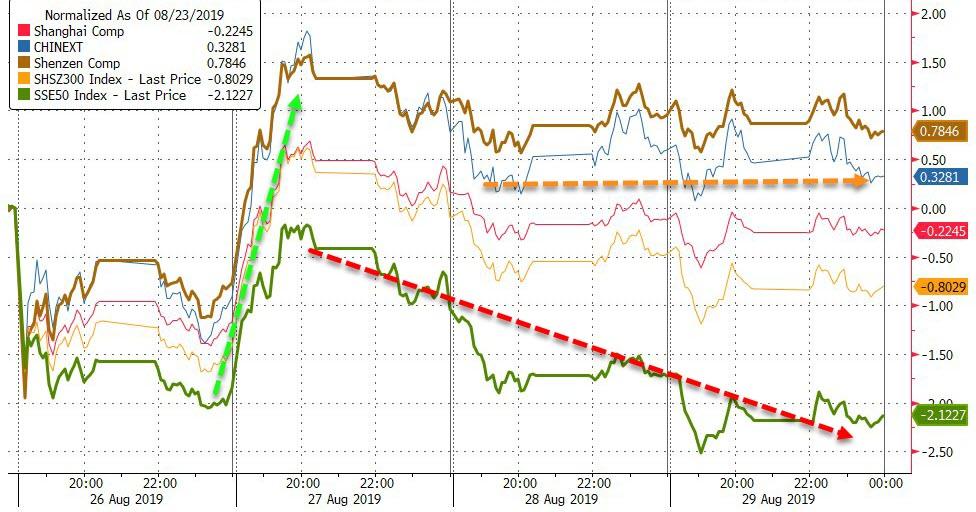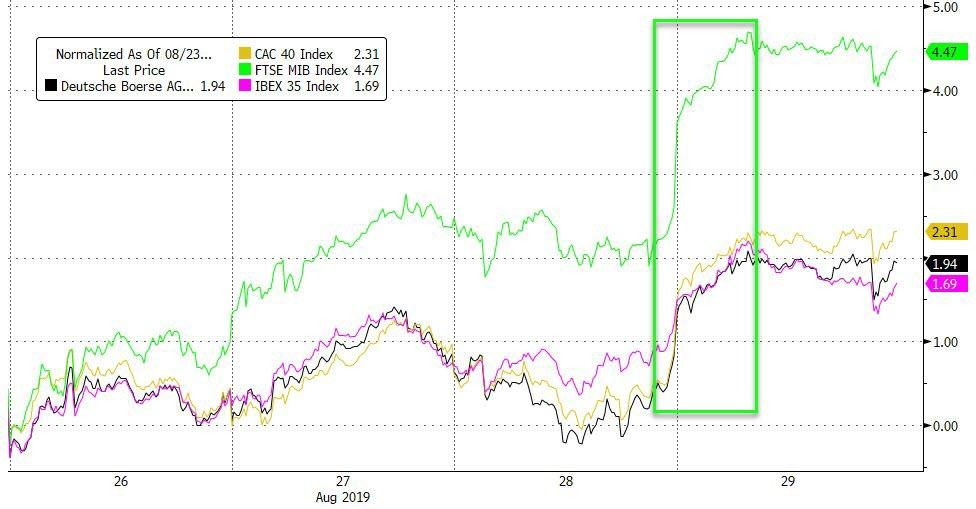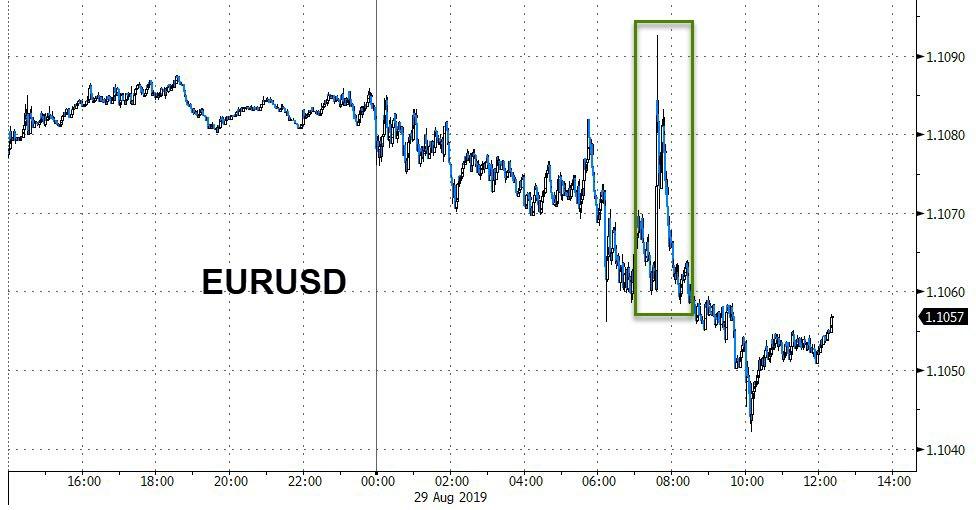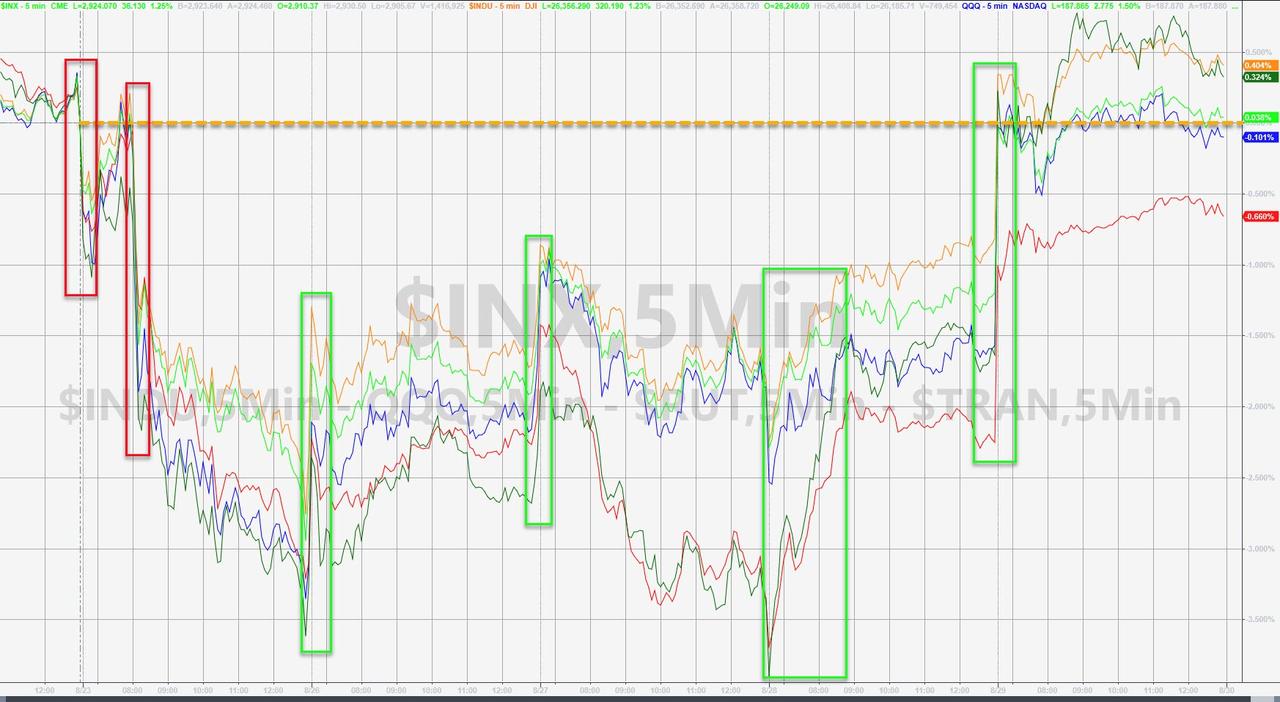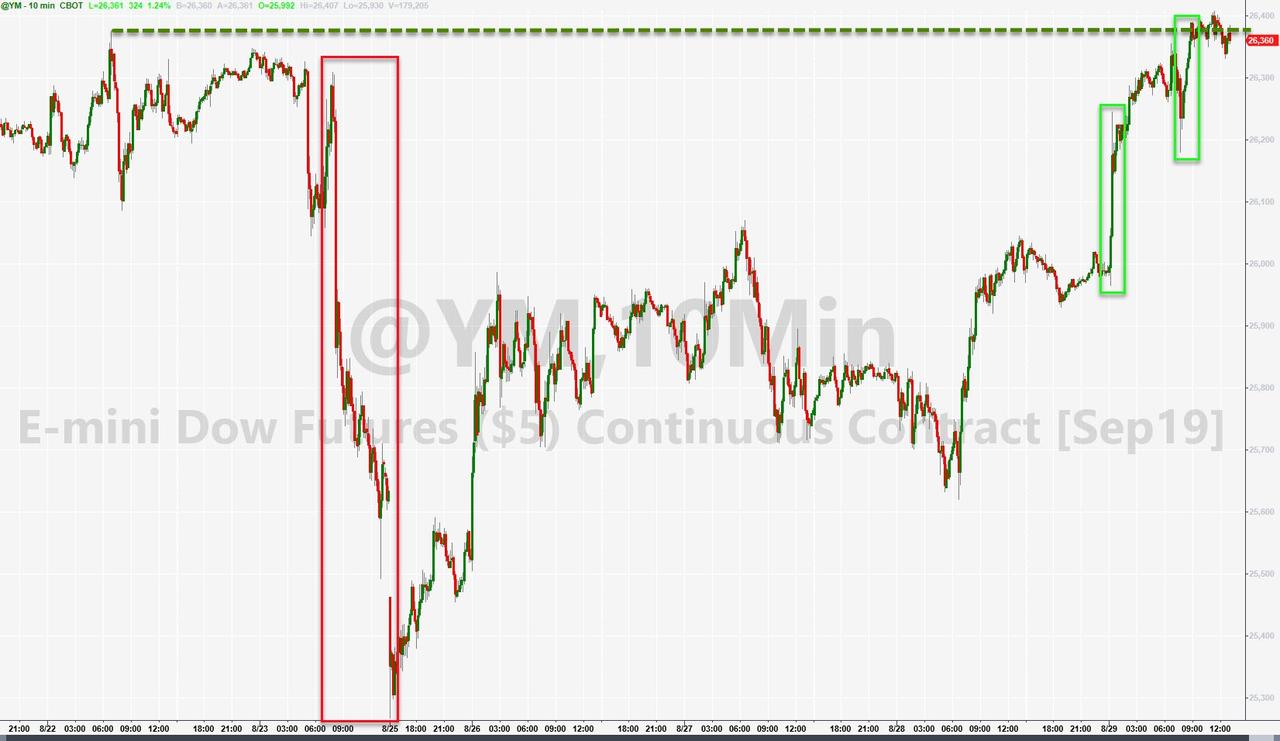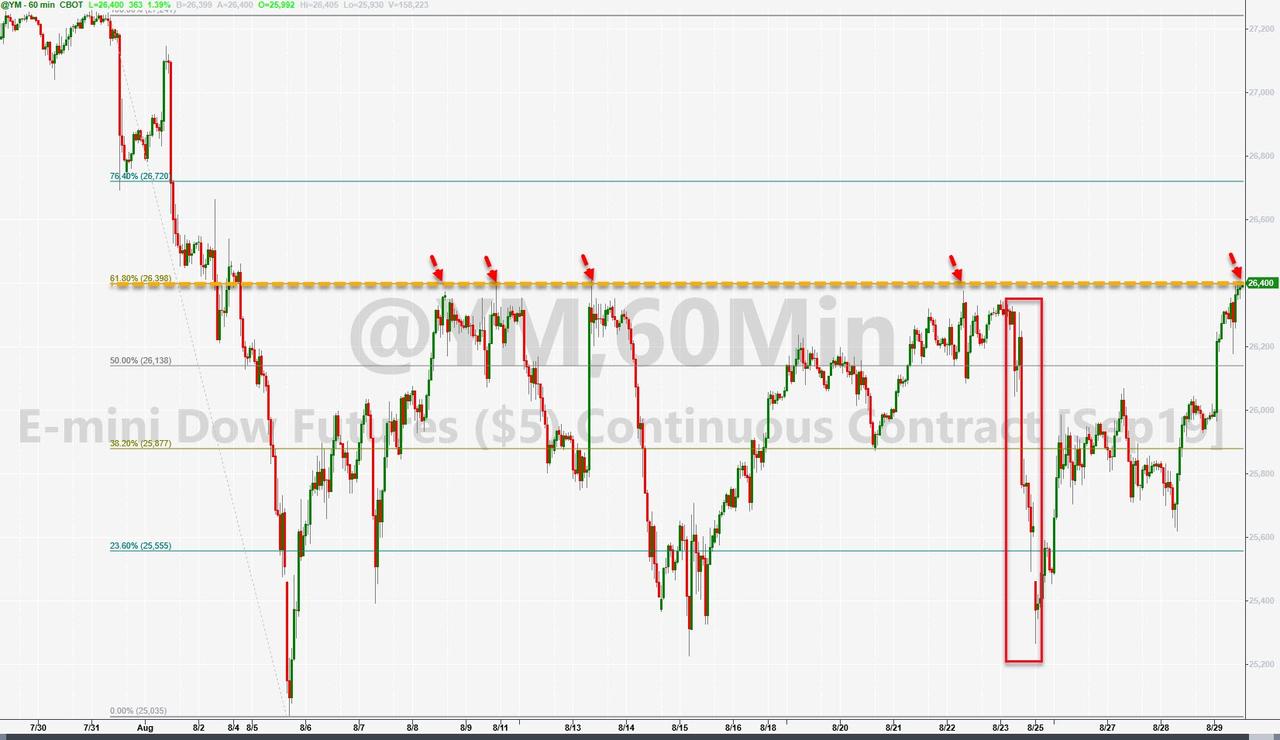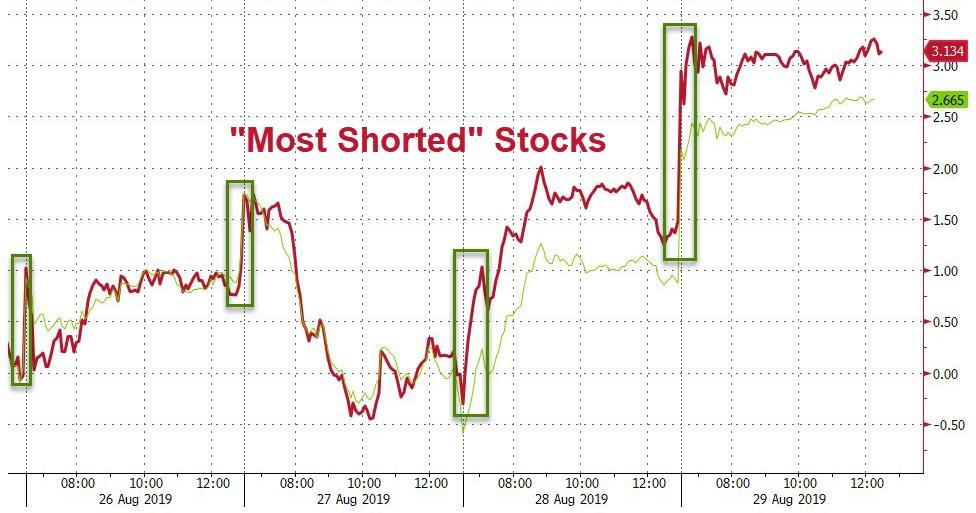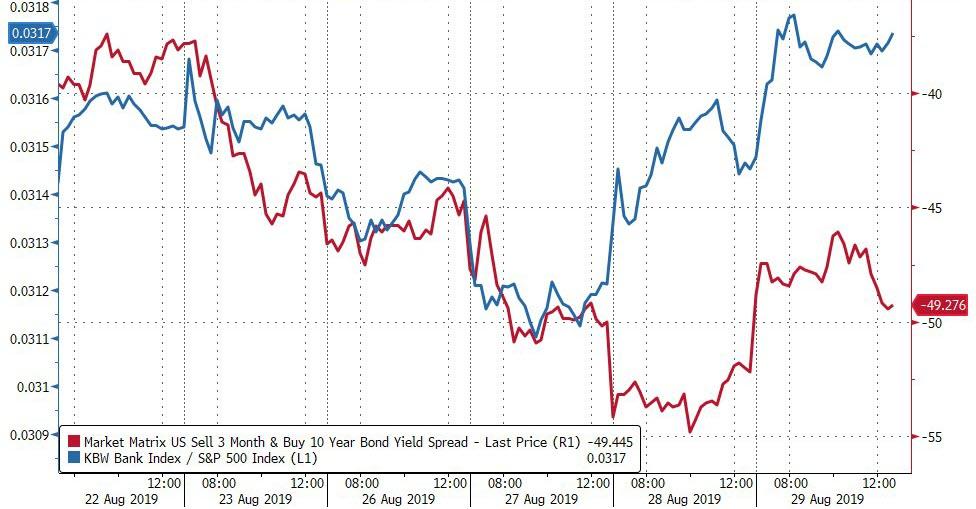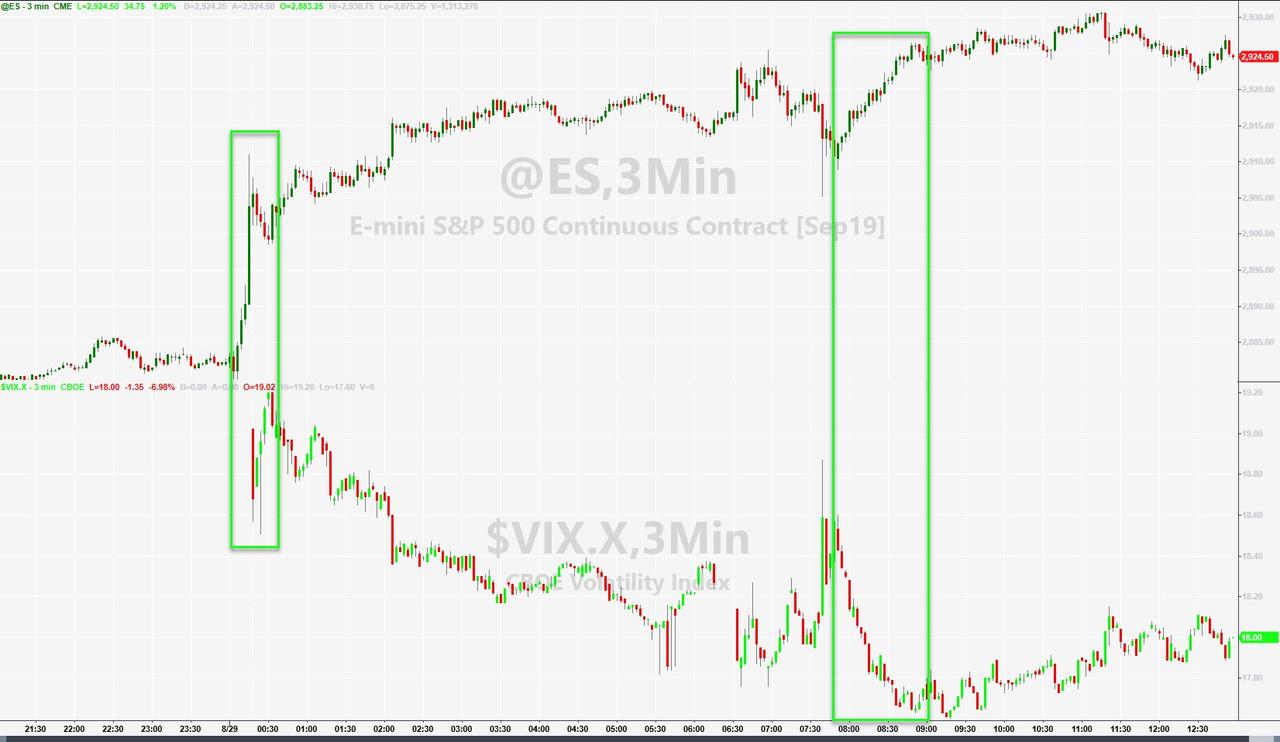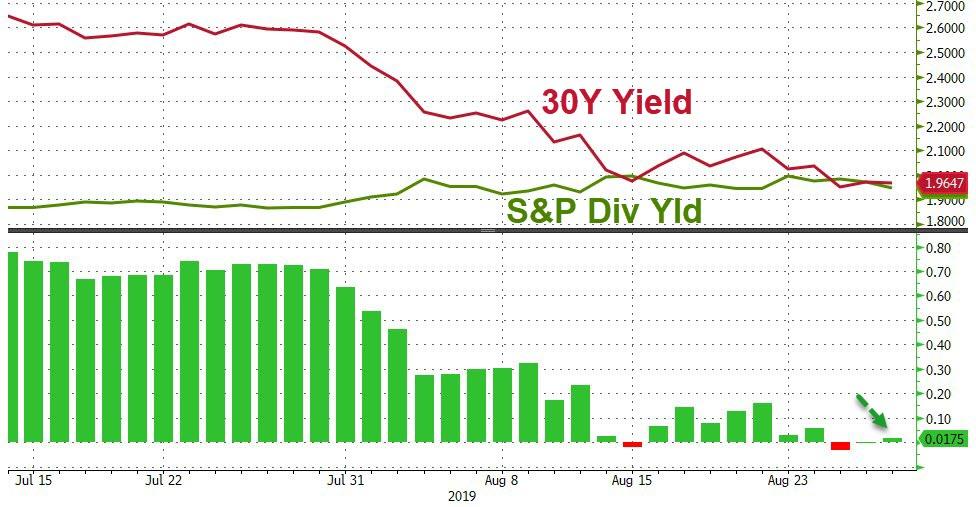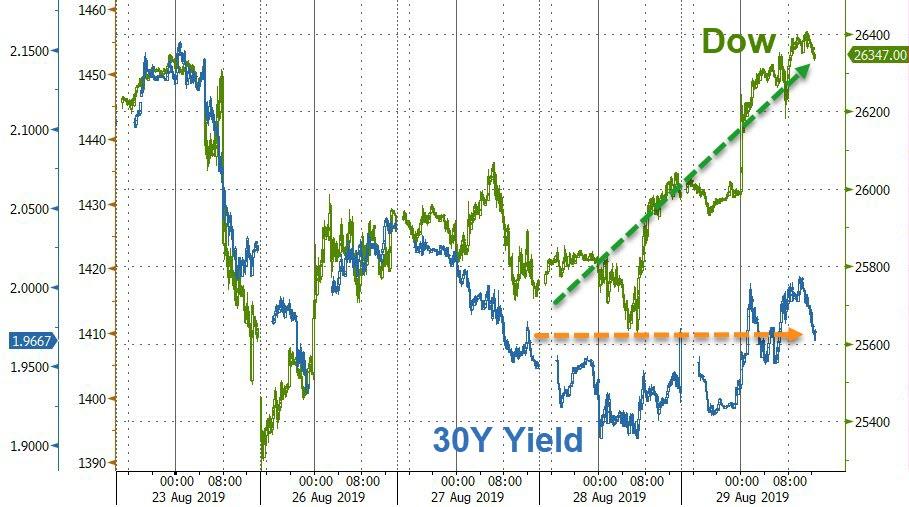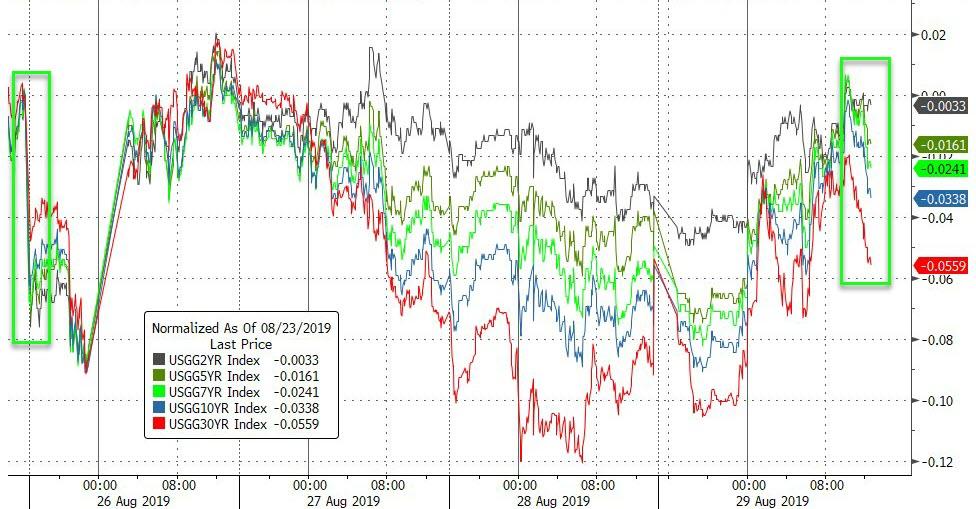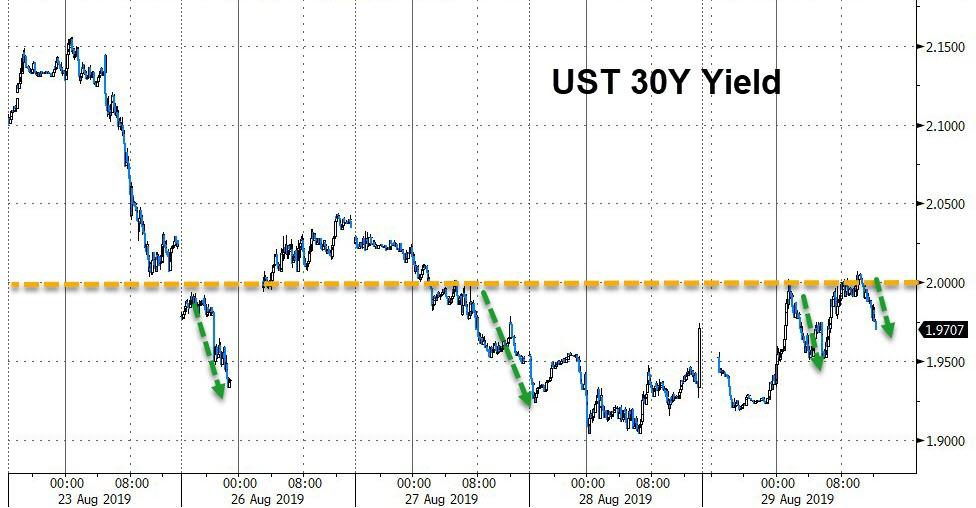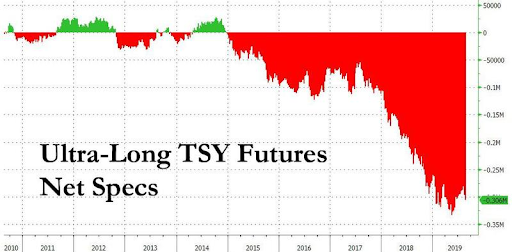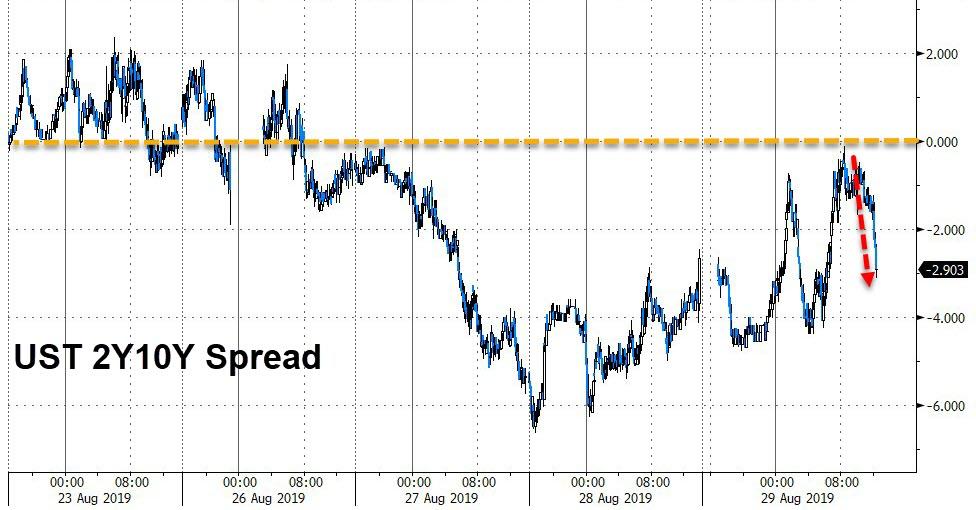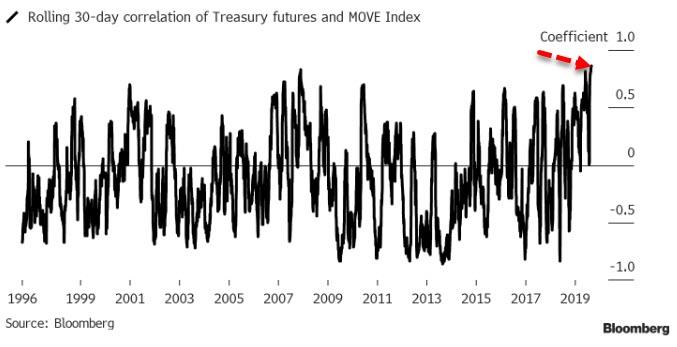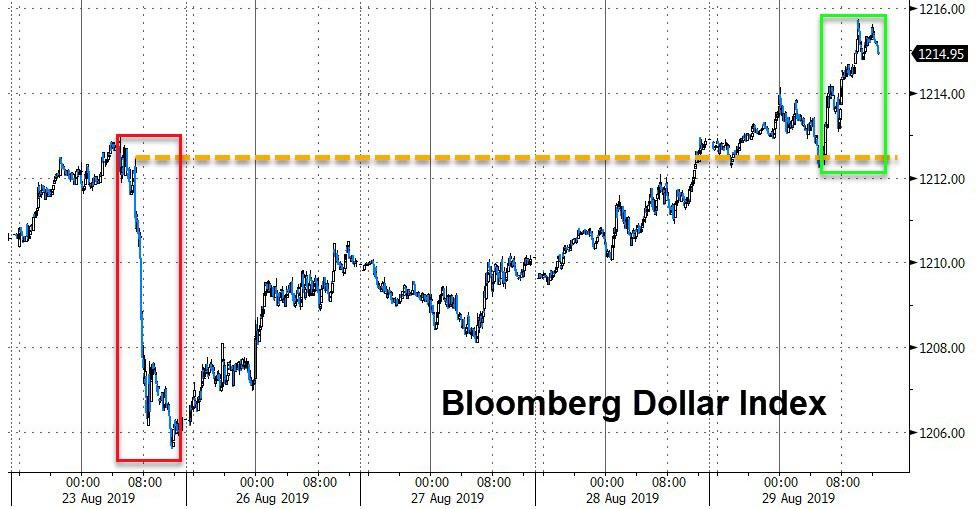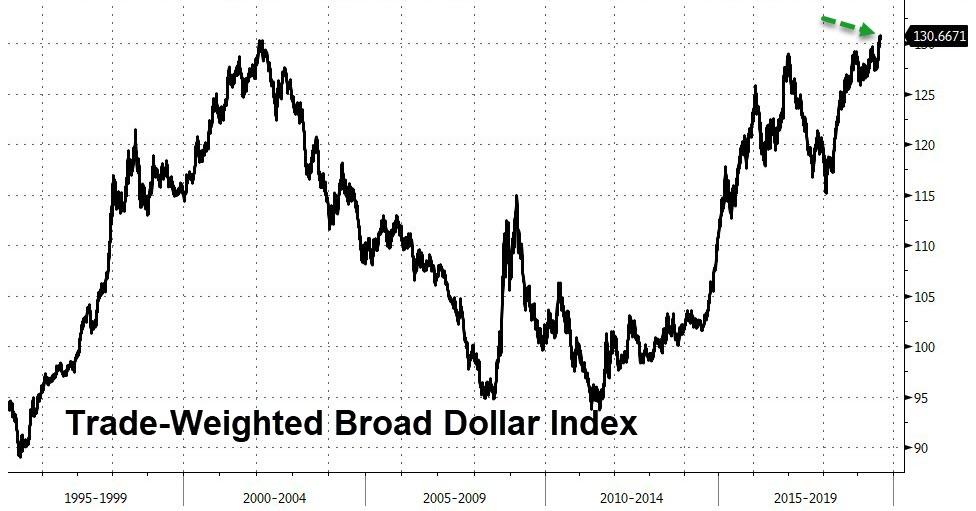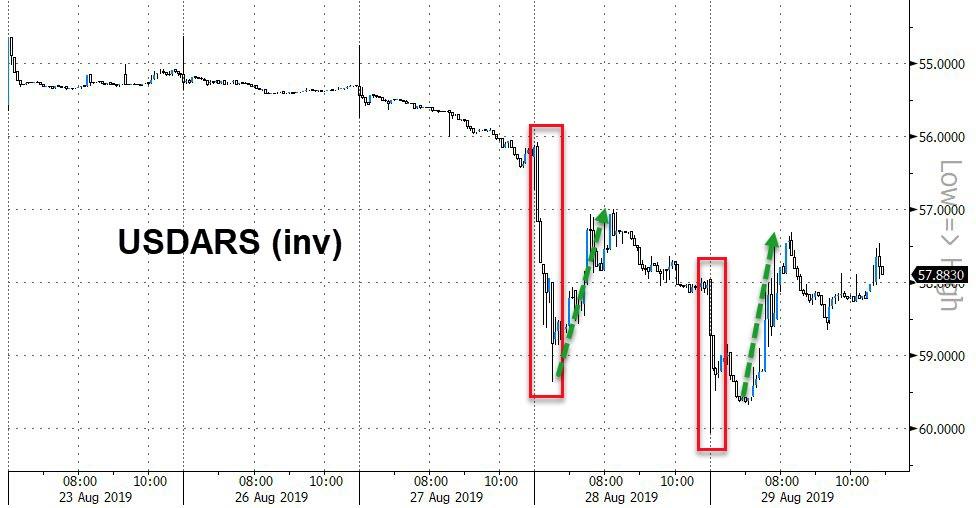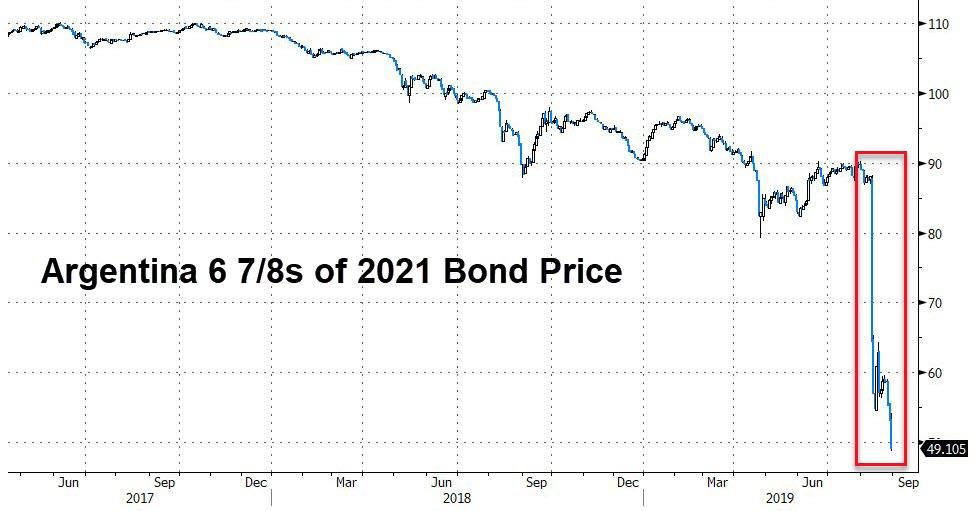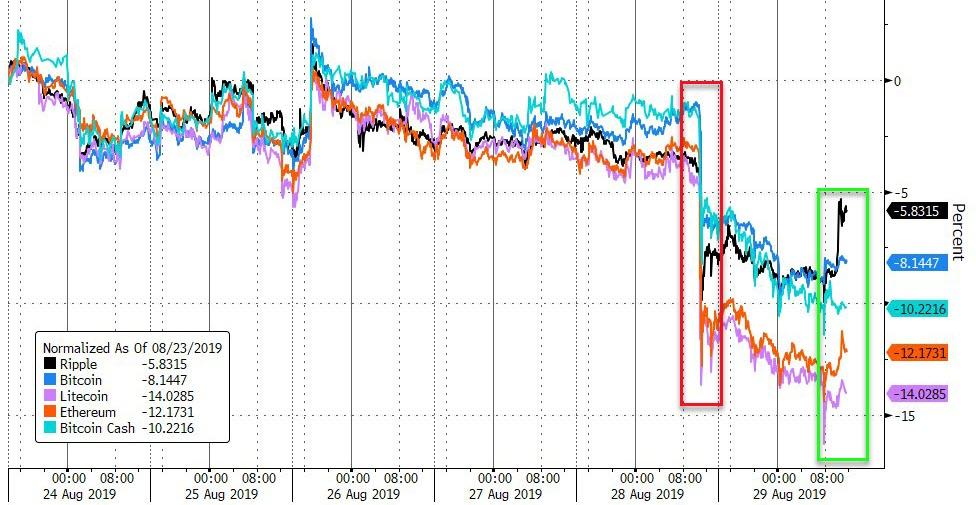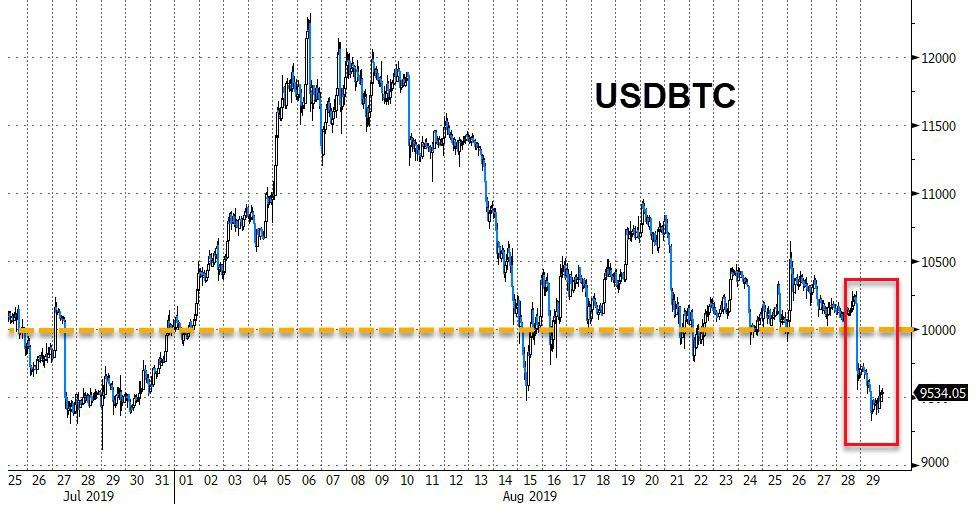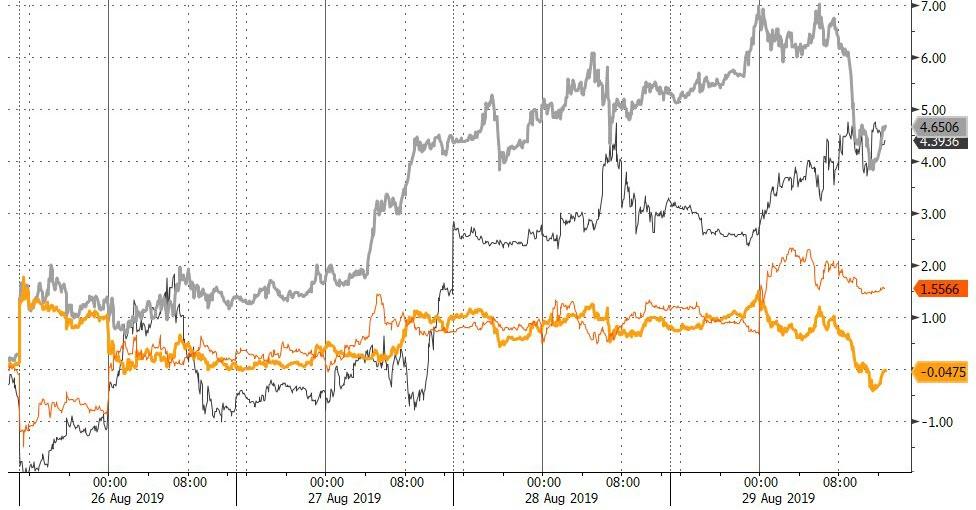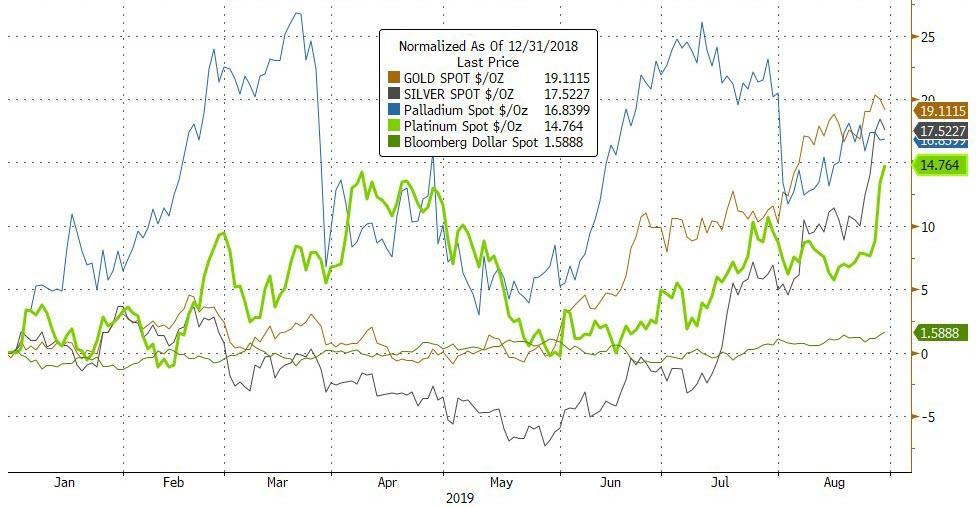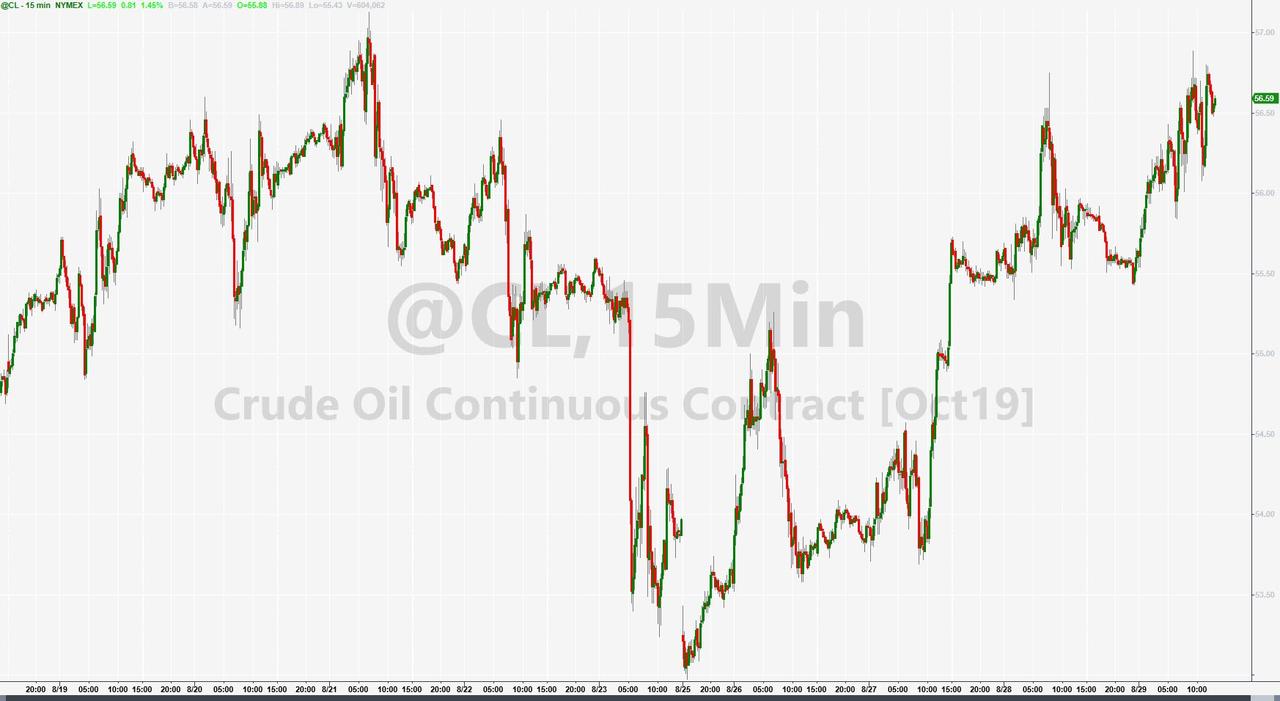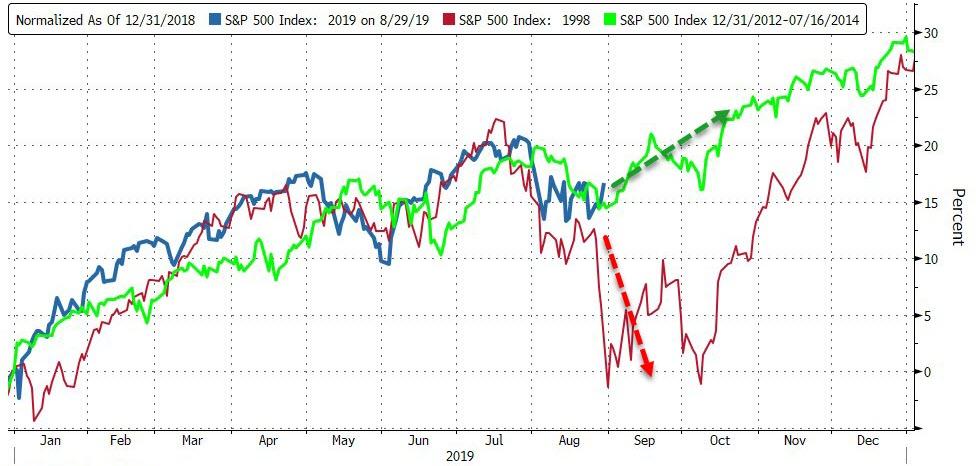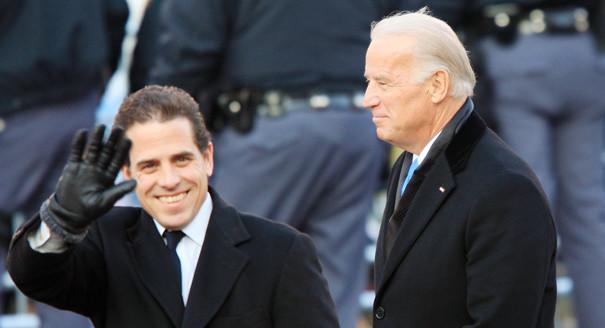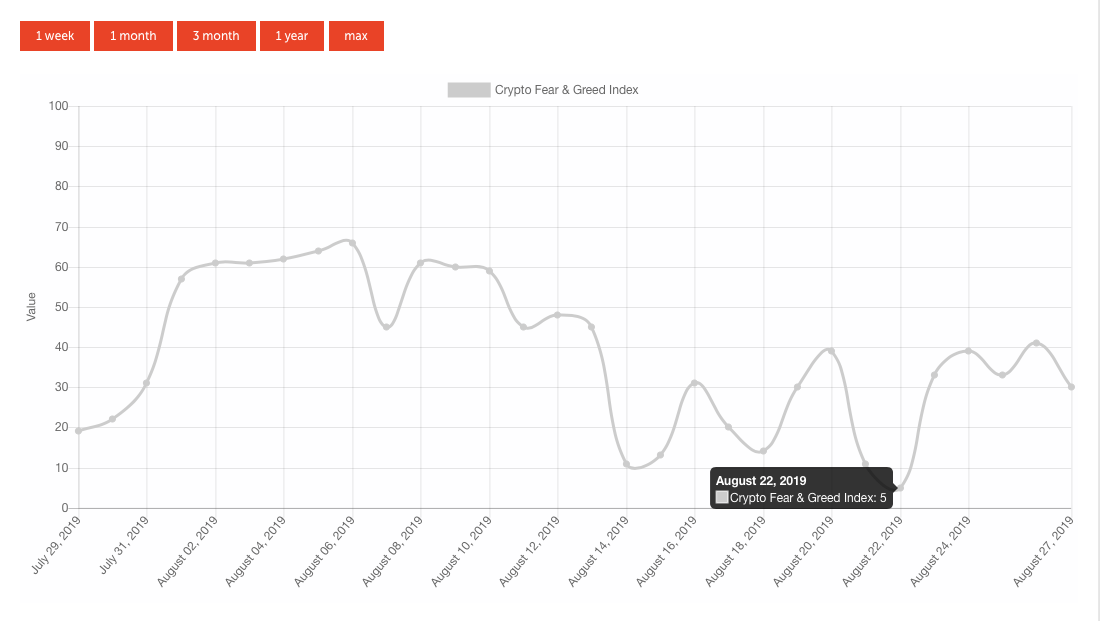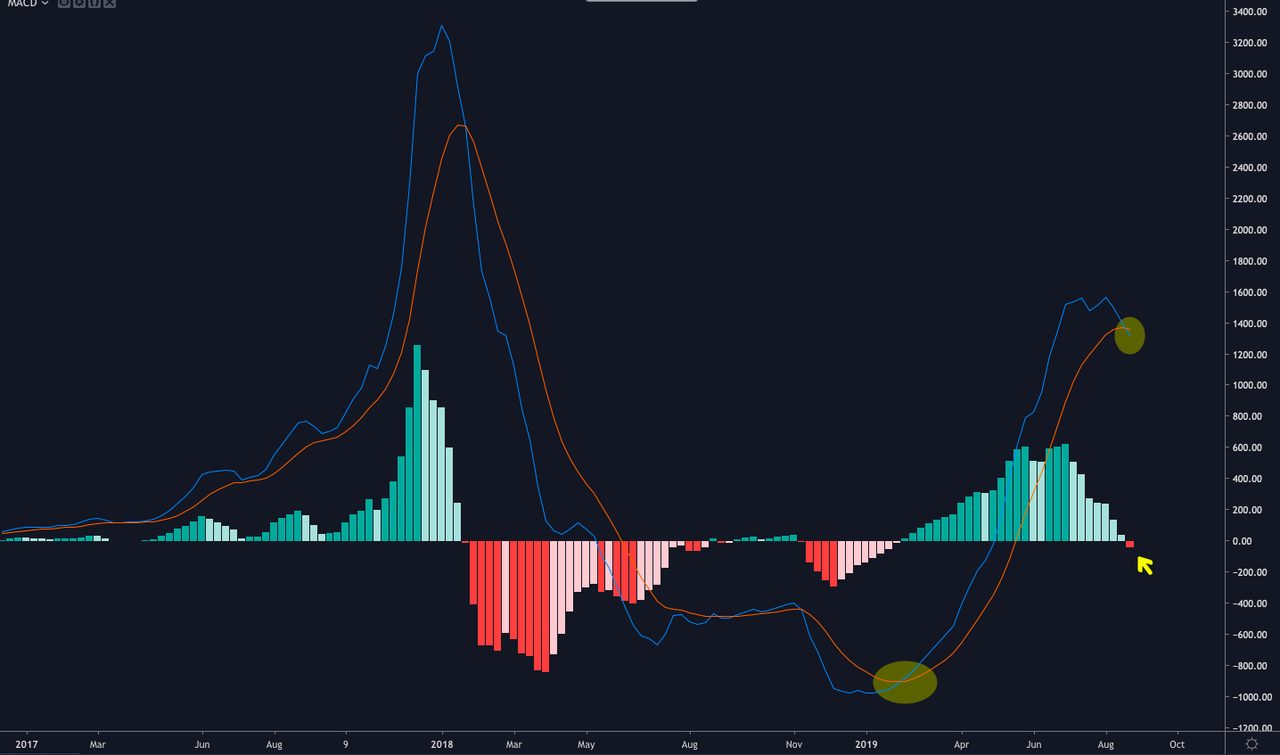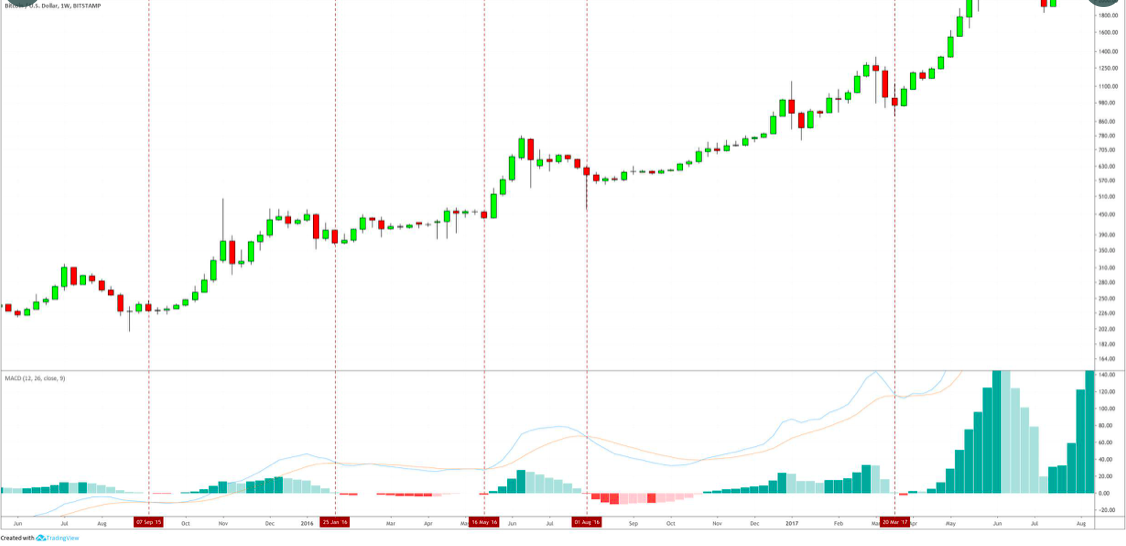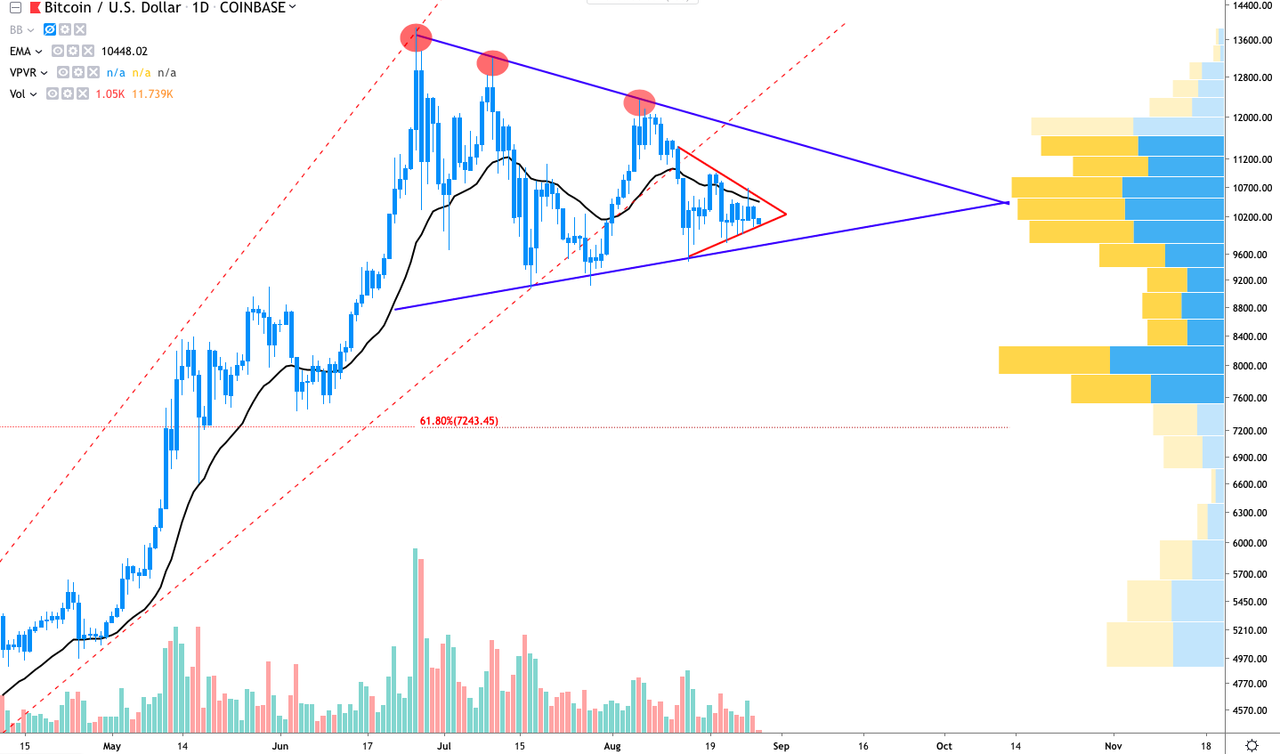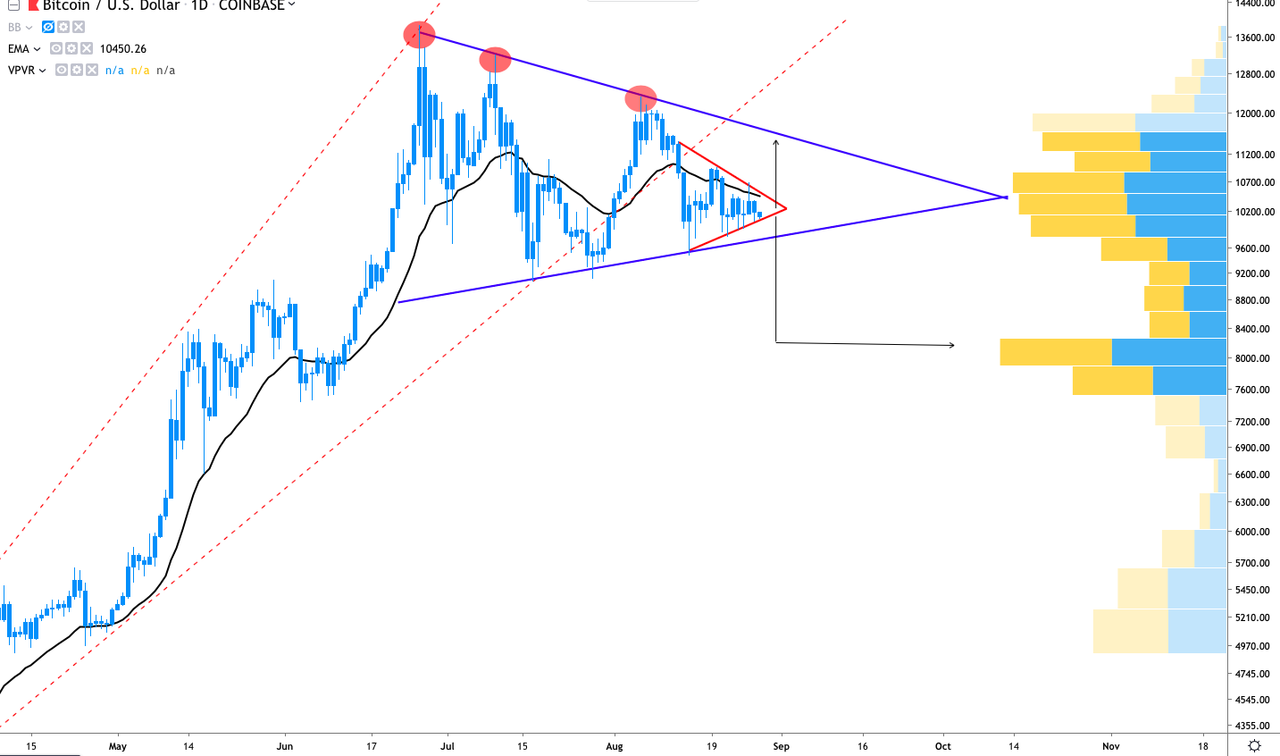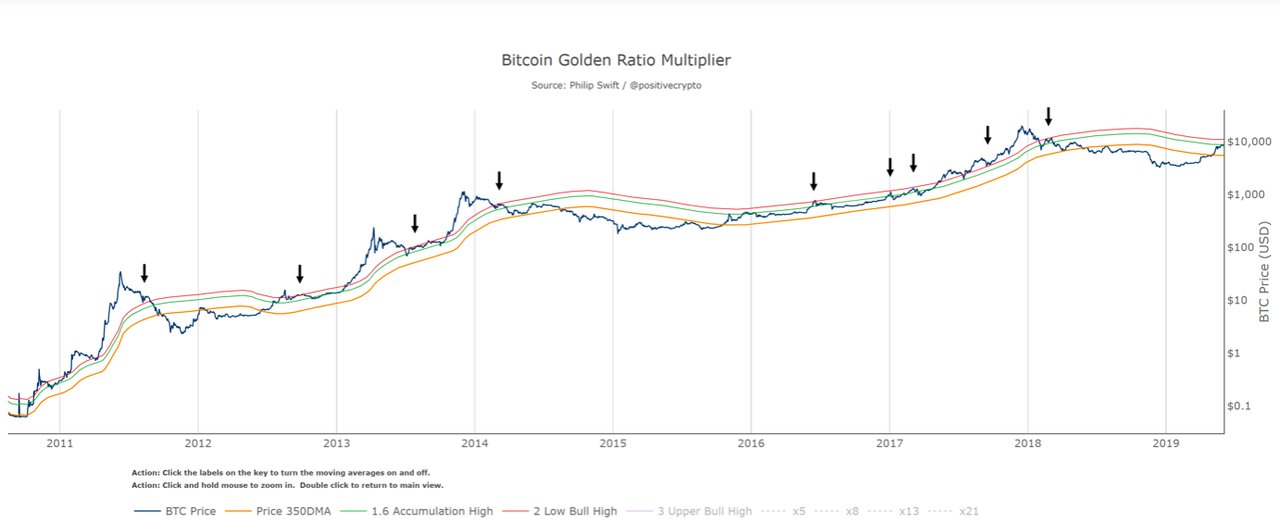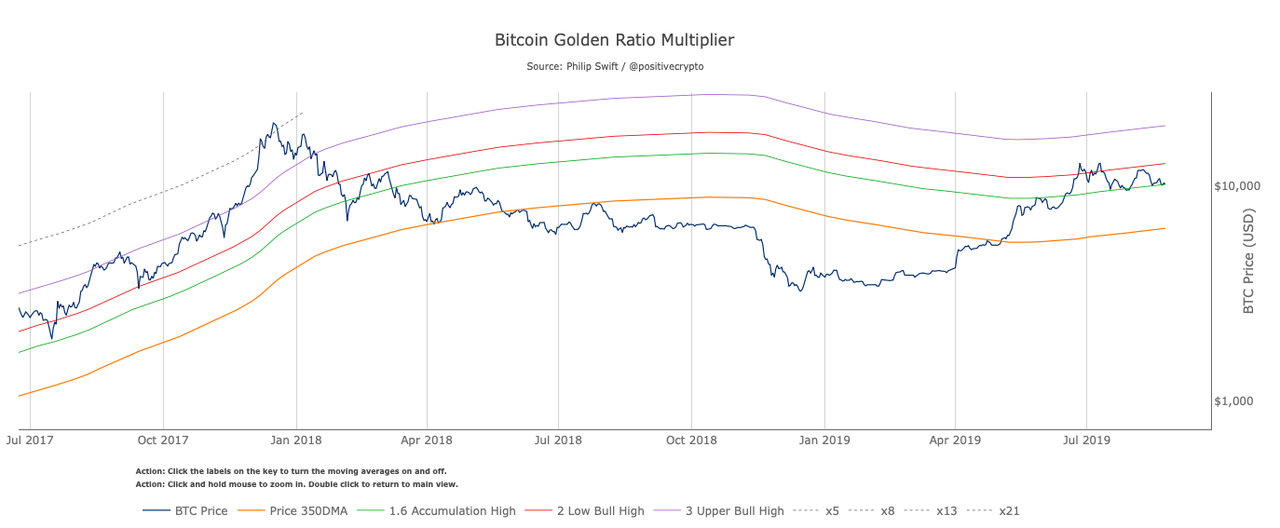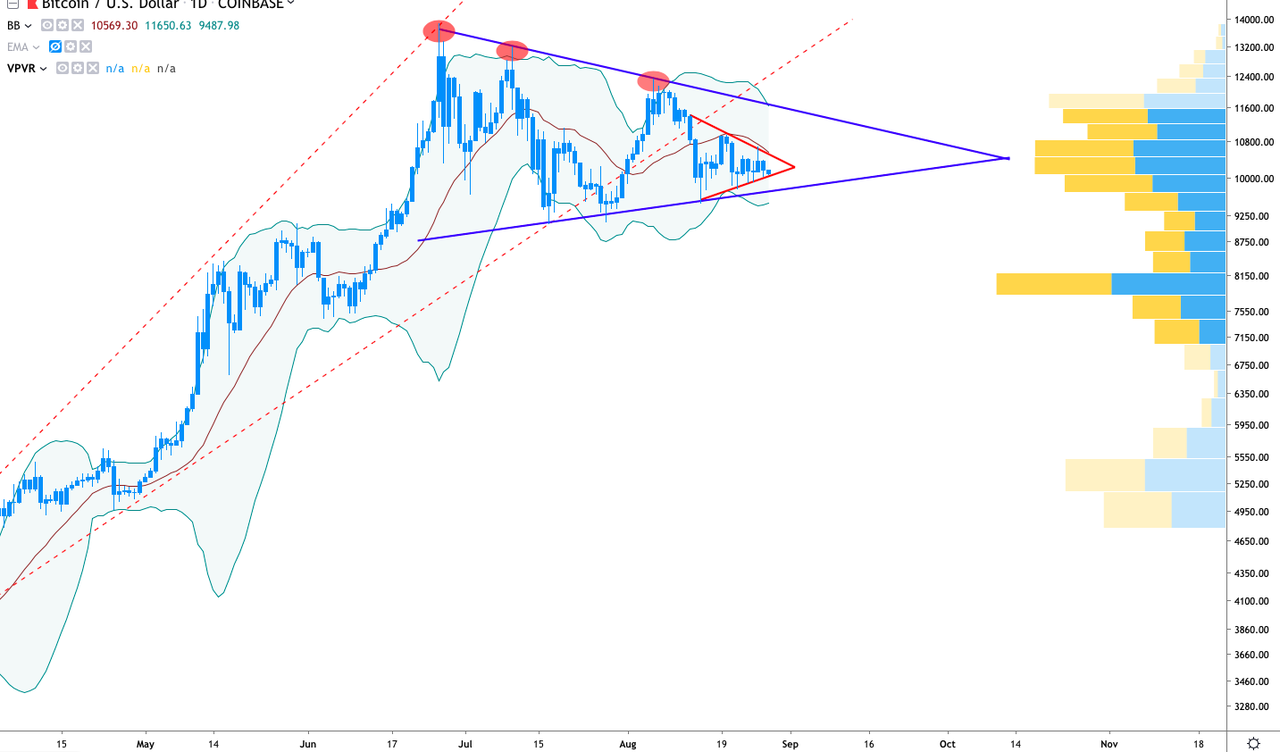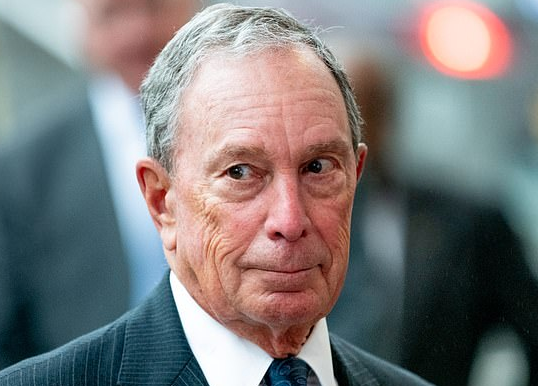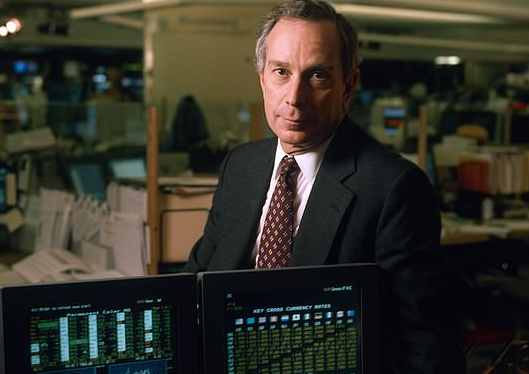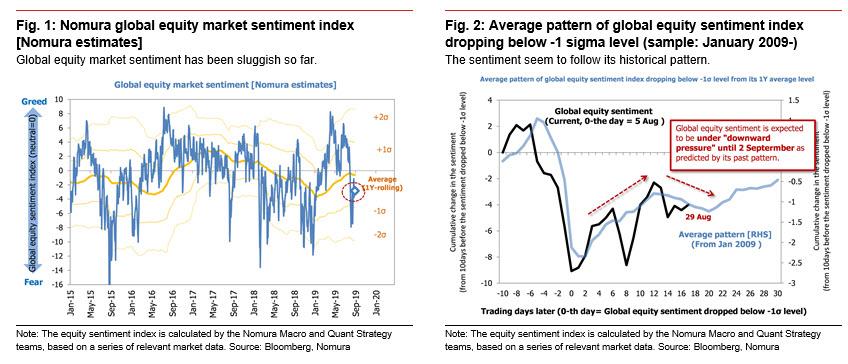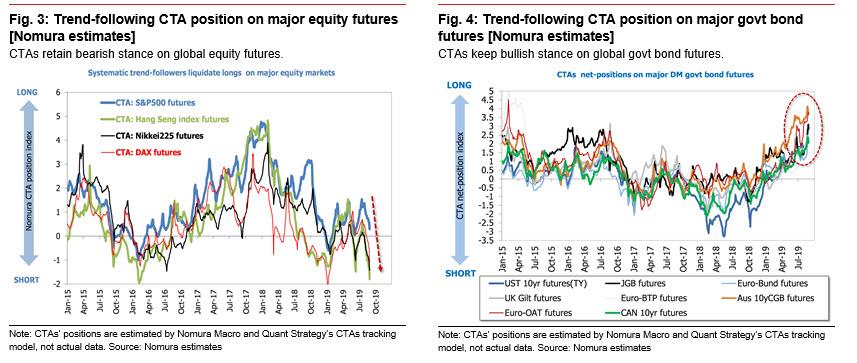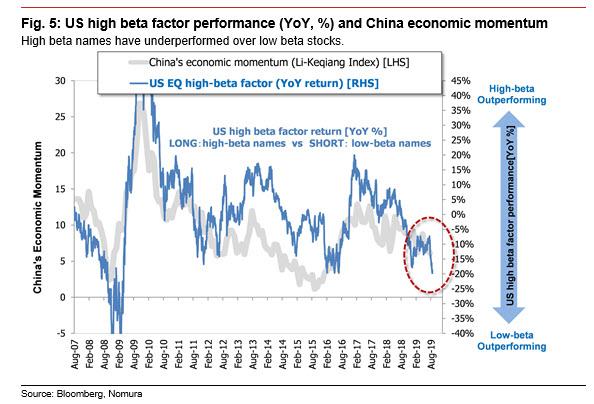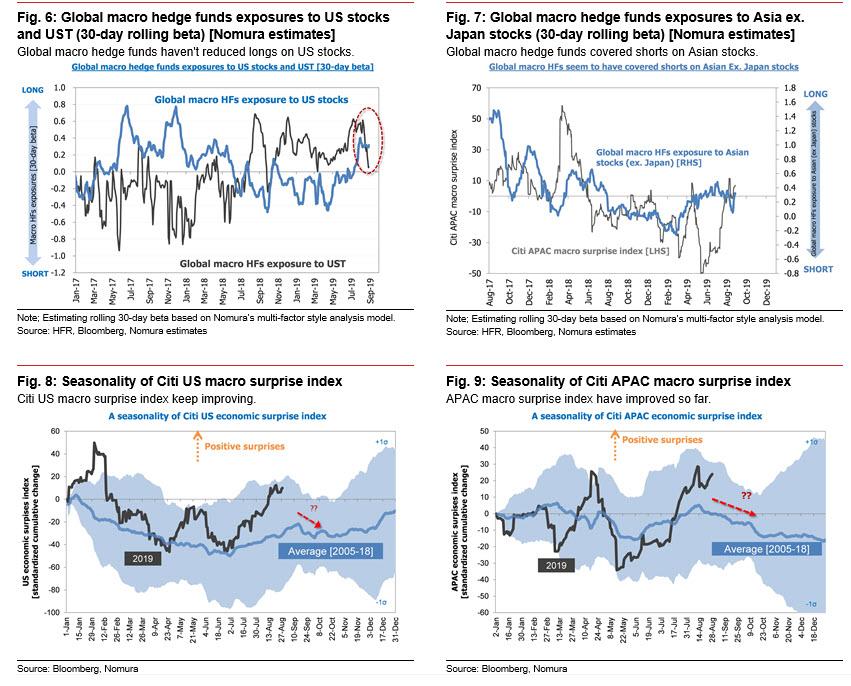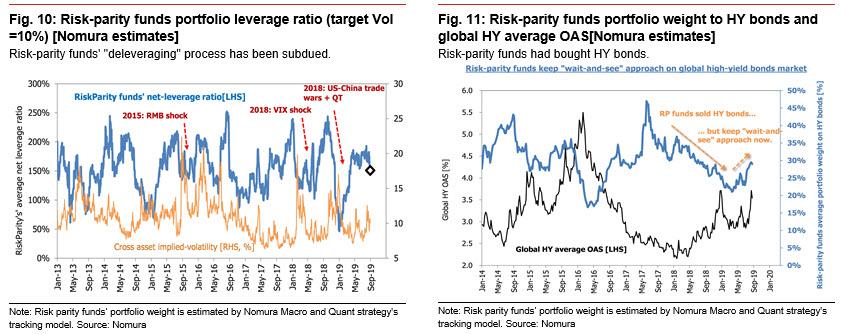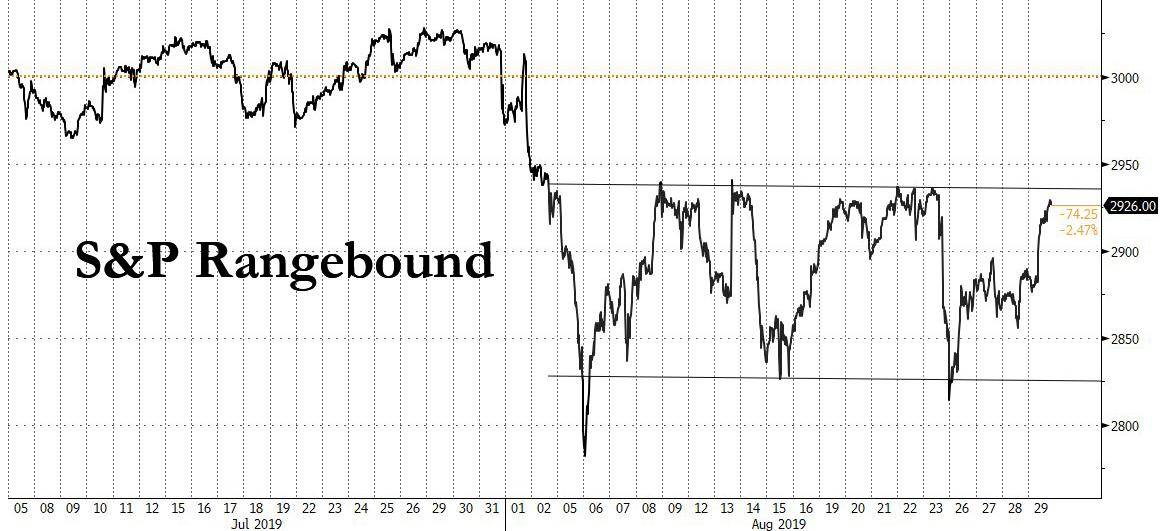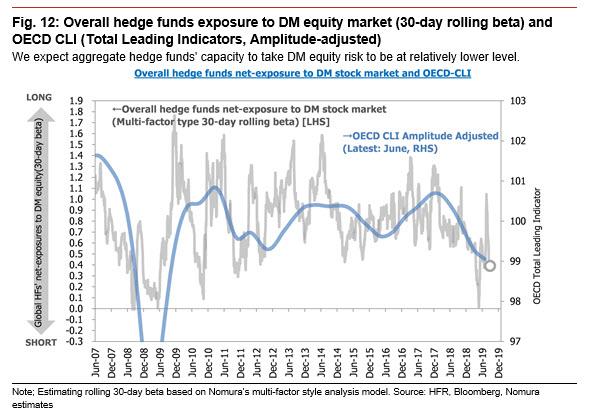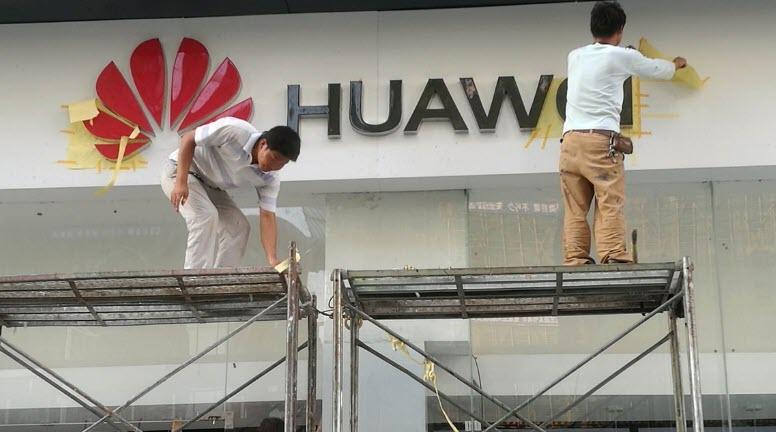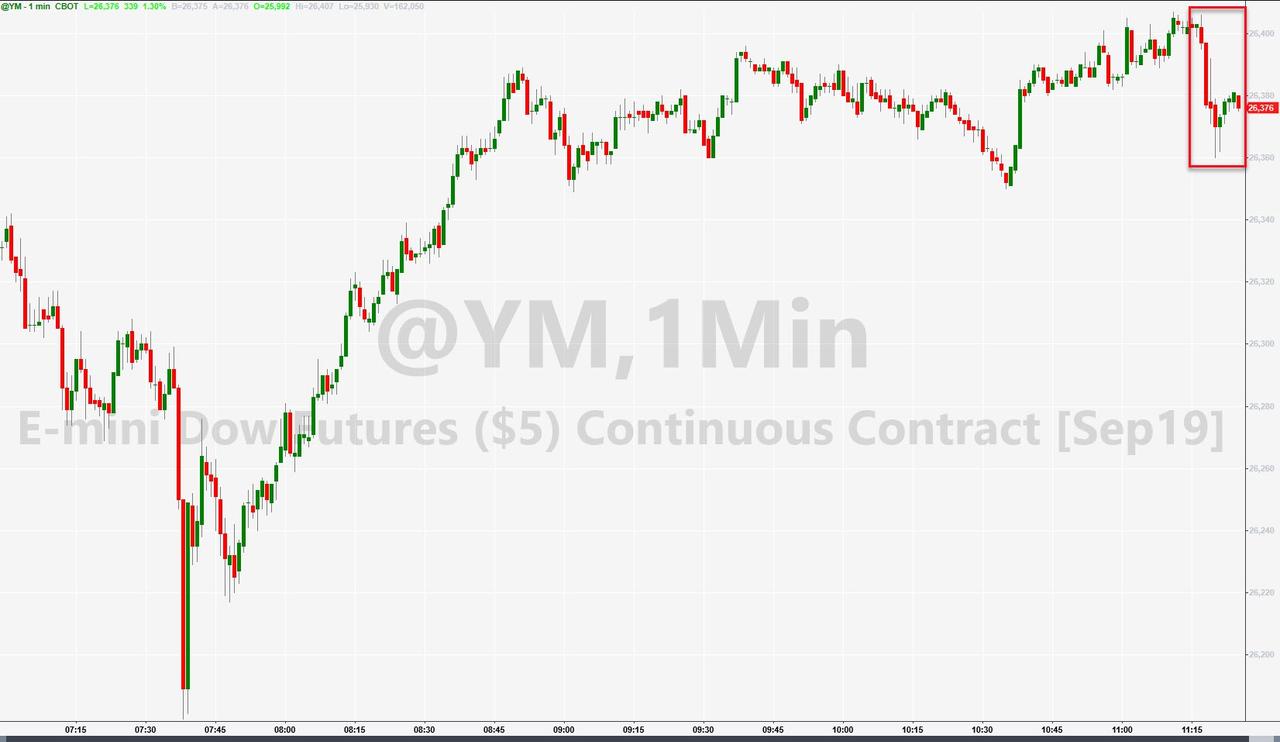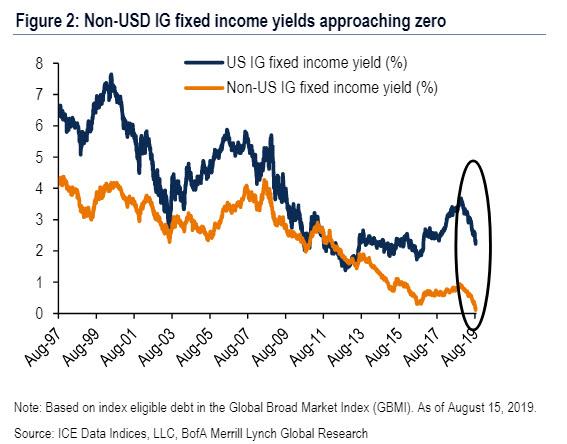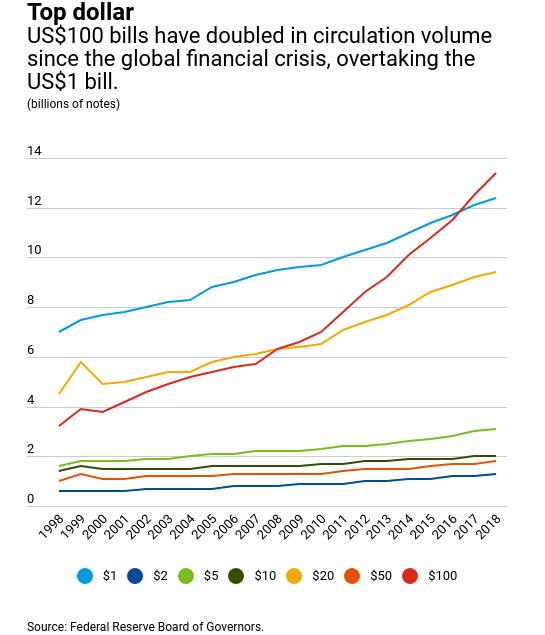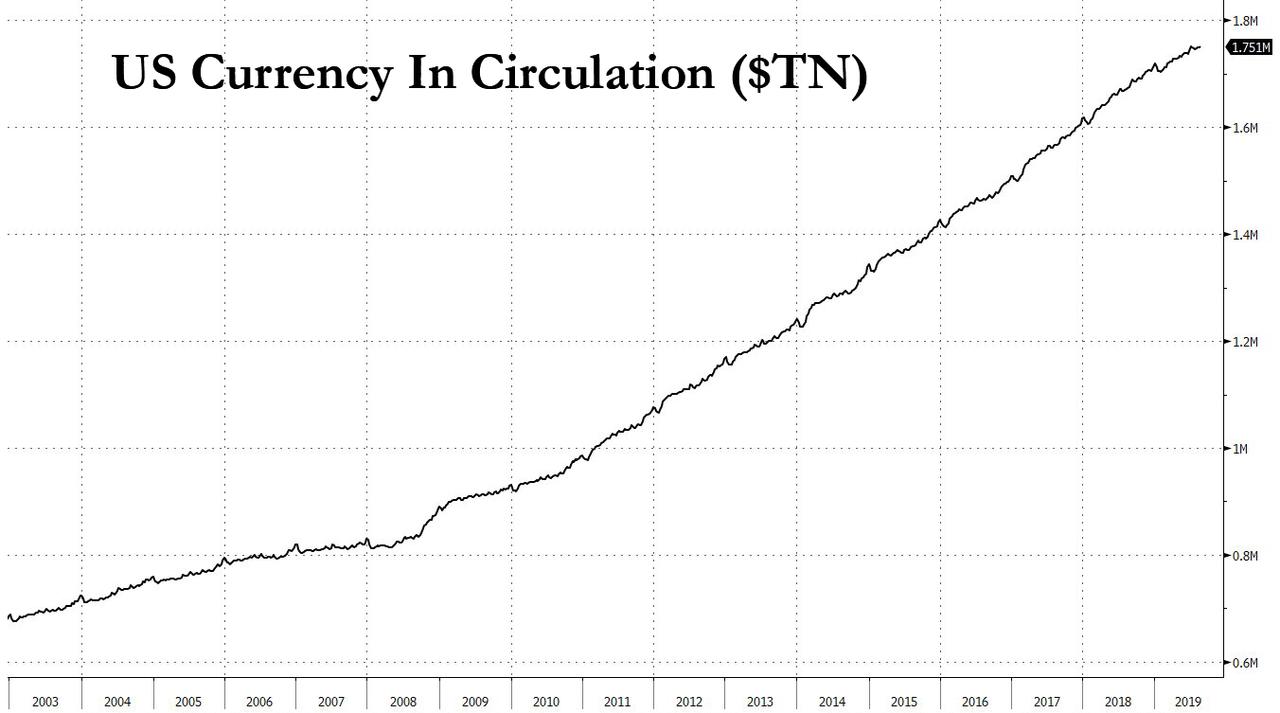Over the past three years, the Department of Defense (DoD) acquiesced to an aggressive lobbying campaign by Silicon Valley to move its hodge-podge of incompatible databases to the cloud in order to standardize and streamline data in a system that uses machine learning to improve efficiency.
The $10 billion, decade-long contract – known as the Joint Enterprise Defense Infrastructure, or JEDI, came to fruition after Silicon Valley’s top players convinced a reluctant then-Secretary of Defense James Mattis to make the jump into the cloud.
Last week, ProPublica published an in-depth report from behind the scenes – noting the revolving doors and conflicts of interest which have made JEDI’s origins all the more controversial.
What’s happened at the Pentagon extends past the JEDI contract. It’s a story of how some of America’s biggest tech companies used a little-known advisory board, some aggressive advocacy by a few billionaires and some unofficial lobbying to open a backdoor into the Pentagon. And so, no matter who wins the JEDI contract, one winner is already clear: Silicon Valley. The question is no longer whether a technology giant will emerge with the $10 billion prize, but rather which technology giant (or giants) will. –ProPublica
Mattis and Bezos
In mid-2017, James Mattis was about to fly to the West Coast to personally swear Amazon CEO Jeff Bezos in so that he could sit on an influential Pentagon advisory board despite the fact that he had never completed a prerequisite background check to ensure that people with access to national secrets don’t have conflicts of interest – or can’t be blackmailed (which is exactly what happened to him).
When DoD watchdog Roma Laster emailed an urgent warning over Bezos, noting that it was a “noteworthy exception” for Mattis himself to perform the ceremony, she was “shunted aside,” and removed from the innovation board. She filed a grievance which was denied.
“I’ve been betrayed by an organization I joined when I was 17 years old,” said the 54-year-old Laster. “This is an organization built on loyalty, dedication and patriotism. Unfortunately, it is kind of one-way.”
Following Laster’s warning, Bezos’s swearing-in was canceled just hours before it was scheduled to occur, however he and Mattis still met later that day – during which Bezos made a hard pitch as to why the DoD needs the cloud, and why Amazon should provide it.
They talked about leadership and military history, then moved on to Amazon’s sales pitch on why the Defense Department should make a radical shift in its computing. Amazon wanted the department to abandon its hodgepodge of 2,215 data centers, located in various Pentagon facilities and run using different systems by an array of different companies, and let Amazon replace that with cloud service: computing power provided over the internet, all of it running on Amazon’s servers. –ProPublica
The result of Bezos’s very direct lobbying? The lucrative $10 billion JEDI contract.
The revolving door
The ‘grease’ in the gears for JEDI, so to speak, came from “several DOD workers who had previously worked directly or indirectly for Amazon and have since returned to the private sector,” according to the report. Chief among those is Sally Donnelly, “a former outside strategist for Amazon who had become one of Mattis’ top aides,” who “helped give Amazon officials access to Mattis in intimate settings, an opportunity that most defense contractors don’t enjoy.”
Donnelly organized a private dinner, never reported before, for Mattis, Bezos, herself and Amazon’s top government-sales executive at a Washington restaurant, DBGB, on Jan. 17, 2018. The dinner occurred just as the DOD was finalizing draft bid specifications for JEDI.
…
It would be hard to find a purer embodiment of the proverbial revolving door — or a stealth influencer — than Sally Donnelly. For the past dozen years she has shuttled between the DOD and consulting firms, including at least once with Amazon as a client, that seek to influence the department. During her most recent government stint, Donnelly, 59, came to be viewed as the “fairy godmother” of the Big Tech advocates in the department, as one Pentagon official put it to ProPublica.
Donnelly is known as a superb crafter of narratives, a person who can present ideas in persuasive ways. –ProPublica
Meanwhile, Obama’s last defense secretary, Ashton Carter (who launched the Defense Innovation Board Bezos wanted in on), rented an office at Donnelly’s consulting firm prior to his involvement in the Obama administration. While he was Secretary of Defense, Donnelly was a DoD consultant.
Mattis and Schmidt
Former Google executive chairman Eric Schmidt – who already sat on the Defense Innovation Board, also lobbied for the JEDI contract after gaining access to a vast swath of US defense systems for the purposes of analyzing possible tech improvements over current systems.
Schmidt’s influence, already strong under Carter, only grew when Mattis arrived as defense secretary. Schmidt’s travel privileges at the DOD, which required painstaking approval from the agency’s chief of staff for each stop of every trip, were suddenly unfettered after Schmidt requested carte blanche, according to three sources knowledgeable about the matter. Mattis granted him and the board permission to travel anywhere they wanted and to talk to anyone at the DOD on all but the most secret programs.
…
In the spring and summer of 2016, he embarked, with fellow board members, on a series of visits to Pentagon operations around the world. Schmidt visited a submarine base in San Diego, an aircraft carrier off the coast of the United Arab Emirates and Creech Air Force Base, located deep in the Nevada desert near Area 51.
Inside the drone operations center at Creech, according to three people familiar with the trip, Schmidt observed video as a truck in a contested zone somewhere was surveilled by a Predator drone and annihilated. It was a mesmerizing display of the U.S. military’s lethal reach.
Yet as Schmidt and his colleagues studied the control panels and displays, they felt like they were witnessing technology frozen in the 1970s. –ProPublica
Following Schmidt’s visit to Creech, Google won a $17 million subcontract called Maven which would help the military use image recognition software to identify military drone targets. After Google employees revolted, the project was dropped.
According to current and former Pentagon employees, Schmidt’s unfettered access to US defense infrastructure raised alarms – leading Roma Laster, a former Marine and military police officer in the 1990s, to take action. Unfortunately, she took on the wrong billionaire.
Blunt and direct, she was hardly a pushover. But Laster had never encountered tech billionaires before, much less ones empowered by the head of her agency.
The trouble started after Laster sought a clarification of how to carry out Mattis’ sweeping travel directive. She was concerned that it could expose the department to accusations of giving vendors an unfair edge. Three members of the board worked directly or indirectly for Google and two for United Technologies, a major defense contractor.
Schmidt responded by threatening to go over her head to Mattis, according to her grievance. She was told to stand down and never again speak to Schmidt. According to the grievance, her boss told her, “Mr. Schmidt was a billionaire and would never accept pushback, warnings or limits.” –ProPublica
Schmidt, meanwhile, “was an effective advocate for the power of big data, which he argued had become as important a strategic resource as oil,” telling Mattis that Google’s lead over China in AI had shrunk from five years to six months.
“Mr. Secretary, they’re at your heels,” said Schmidt, who wanted the DoD to adopt Silicon Valley’s philosophy of innovation, risk-taking, and moving fast. Chief among his recommendations – embrace cloud computing.
In the summer of 2017, Mattis decided to investigate firsthand. He departed on a tour that would include visits to Amazon and Google headquarters and a one-on-one with Apple CEO Tim Cook.
At Amazon, despite the tempest about Bezos joining the innovation board, Mattis and the CEO hit it off. The two talked together for about an hour. Mattis gave a pithy sweep of lessons from military history and expressed his view on the perils of overreliance on technology. He noted how the British Navy, once famous for its derring-do, nearly lost the World War I battle of Jutland when ship captains hesitated, waiting for flag signals from their fleet commander.
After the meeting, Bezos and Mattis walked to another conference room, where AWS executives made their case that the company’s cloud products offer better security than traditional data centers, according to three people who attended. As evidence, they noted that the Central Intelligence Agency had embarked on a $600 million, 10-year cloud contract with Amazon in 2013 and, they said, it was working. –ProPublica
Oracle and IBM left out in the cold
By March 2018, rumors were that the DoD contract for JEDI was custom-tailored for Amazon. For example, “the bid required that the JEDI contract could not account for more than half of the provider’s cloud data load. And it required that the provider have at least three physical data centers, each separated by more than 150 miles. Only a tiny handful of companies could fulfill those mandates.”
And what did other tech companies vying for JEDI do? IBM, Microsoft and Oracle banded together to form a coalition opposing JEDI.
“This one-size-fits-all idea is, I think, limited to JEDI and promoted by Amazon, because it fits Amazon’s needs,” said Oracle’s top Washington executive, Ken Glueck.
The DoD denies favoritism, claiming in a statement “The requirements were not designed around any one provider.”
Oracle went one step further, using their own D.C. access to arrange a meeting for its co-CEO, Safra Catz, to attend a private dinner with President Trump and investor Peter Thiel – founder of defense firm Palantir. Catz complained that JEDI was slanted towards Amazon, after which Trump began voicing public opposition to the project.
Two bidders — IBM and Oracle — were eliminated after they failed to meet the bid requirements. That has left only Amazon and Microsoft still standing in the JEDI competition.
Both IBM and Oracle filed protests. IBM’s protest was dismissed and Oracle’s was denied by the Government Accountability Office. Oracle sued the government in the U.S. Court of Federal Claims, asserting JEDI had been tainted by conflicts of interest. The judge in the case ruled against Oracle. He agreed with the contracting officer that Oracle lost the bid on the merits and that any “errors and omissions” were “not significant and did not give AWS a competitive advantage.” –ProPublica
After Oracle lost in court, the pushed forward – hiring former Trump administration members to make their case to key congressional committees. “Largely as a result, the House Defense Appropriations Subcommittee blocked the DOD from spending money on JEDI until it demonstrated it was using multiple cloud vendors,” according to the report.
As it stands, JEDI has been put on hold (“shrouded in uncertainty,” as ProPublica puts it).
The project might not survive in its current form, according to people knowledgeable about the DOD, but there’s little doubt that the agency will move its computing to the cloud in one form or another. –ProPublica
At the end of the day, Washington’s revolving door is as strong as it’s ever been – while Silicon Valley’s grip on government secrets appears to grow ever-stronger (such as the gmail address to which Hillary Clinton’s emails were blind-copied).
via ZeroHedge News https://ift.tt/2MK1wHp Tyler Durden

